North Africa Grass
Information
Ventenata dubia - Poaceae Family - Annual
Other common names: Ventenata
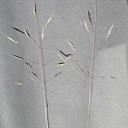
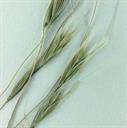
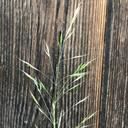
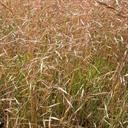
Identification
- Flowers: The flower head is an open cluster appearing light green but turning yellow-brown rapidly after opening. The flowers appear similar to tufts of fur of the same color.
- Seeds: Each flower head produces one seed with an average production of 15 to 35 per plant. Seeds persist in the soil for 2-3 years.
- Leaves: Leaves occur mostly on the lower half of the stems and are narrow, smooth-edged blades. They are hairless on their upper surface and covered with fine hairs below. As they age, they become rolled and brittle.
- Flowering Time: North Africa Grass flowers appear from June to August.
- Life cycle: North Africa Grass is an annual winter grass. It germinates in the fall, produces seed heads in late spring to early summer, releases seeds in late summer for germination in the fall.
Impacts
- North Africa Grass infestation in hay fields can decrease yield by up to 50% as the grass is not palatable to livestock and cannot be sold.
- North Africa grass readily outcompetes most perennial grass species and leads to a drop in biodiversity when it colonizes an area.
Control
Most effective control methods
- It is possible to control North Africa Grass manually with multiple years of intensive management. Mowing can also be effective if done prior to the production of seed heads.
- There are currently no biocontrol agents approved for use on North Africa Grass in the US.
- North Africa Grass can be controlled by some herbicides but has shown resistance to Glyphosate and similar products. For suggestions on the best chemical methods to use on North Africa Grass, contact the Salt Lake Valley USU extension.
Large Images
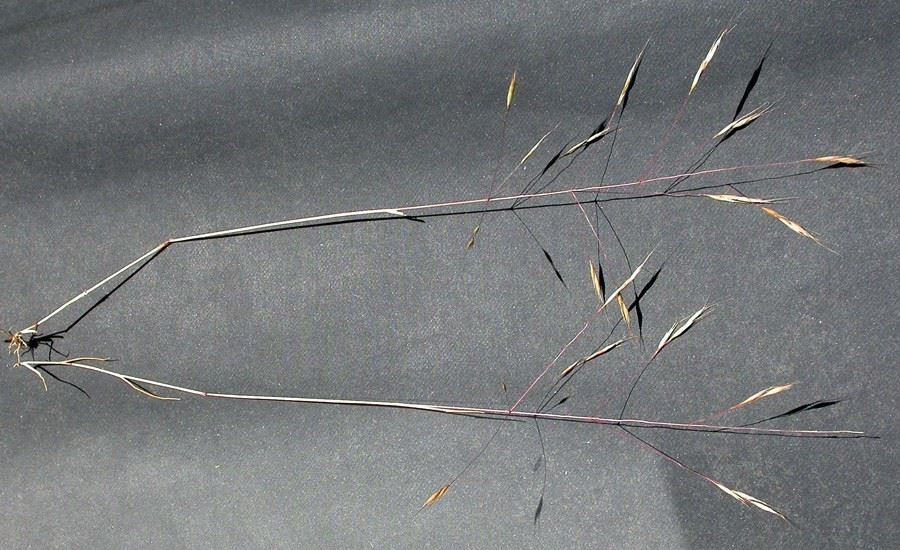
North Africa grass
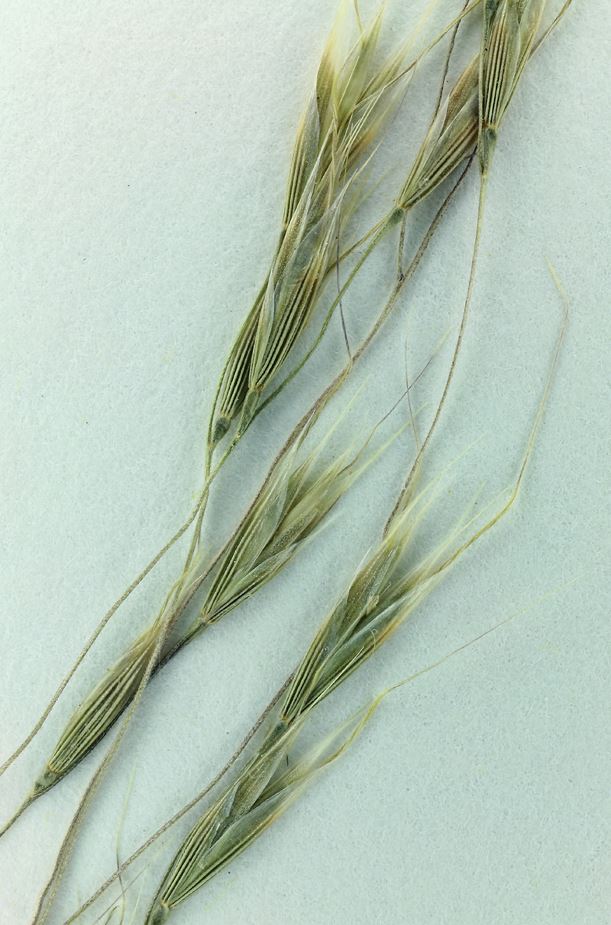
North Africa grass: flowers
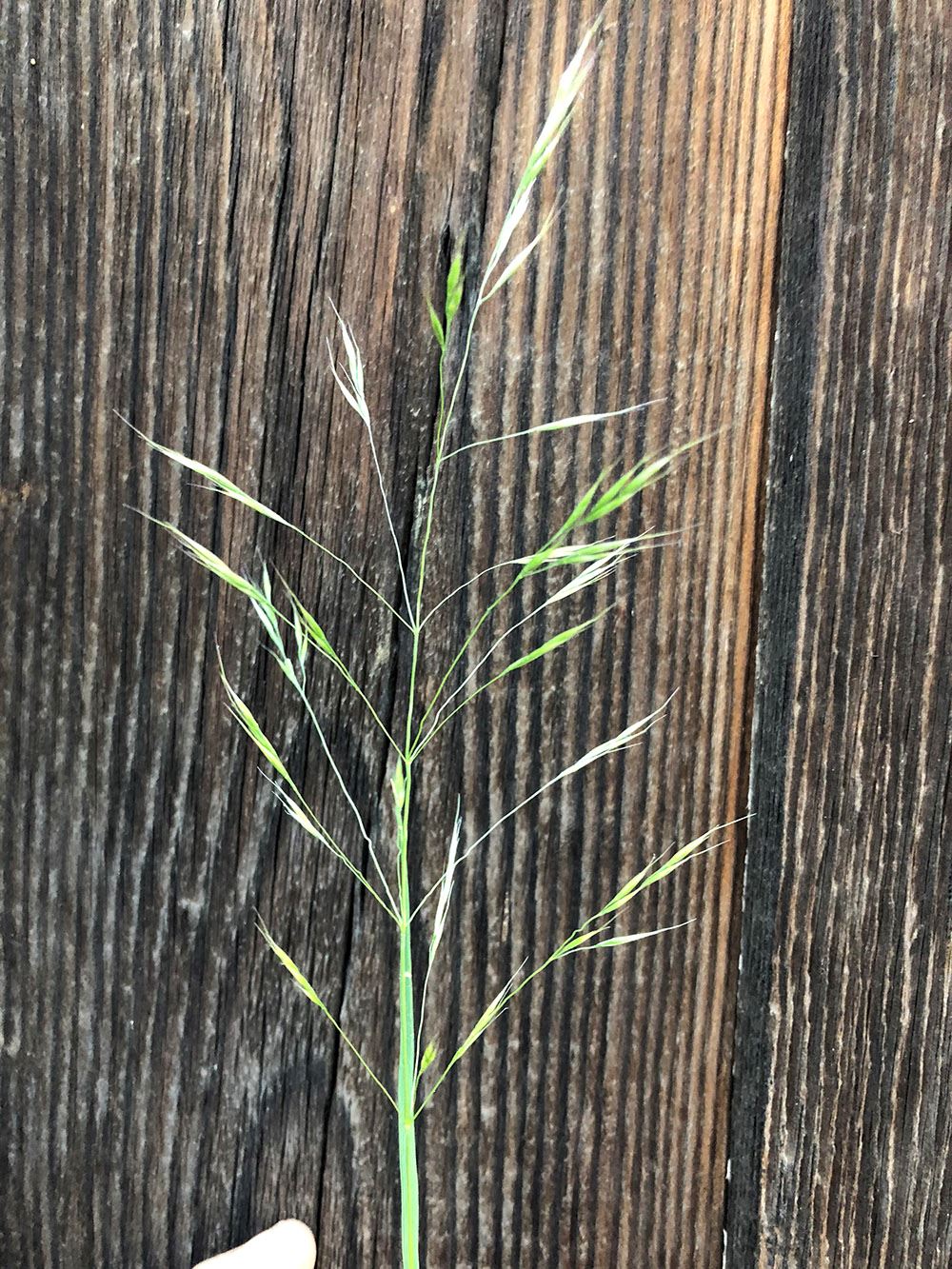
North Africa grass
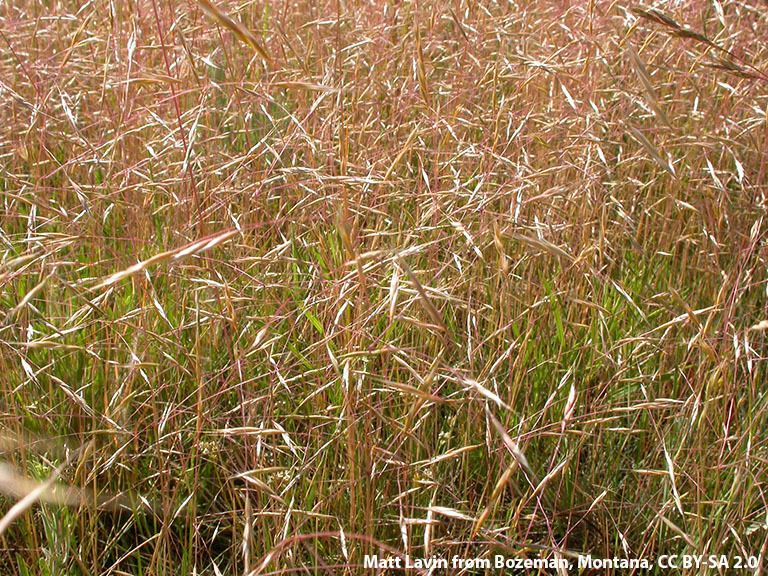
North Africa grass: infestation
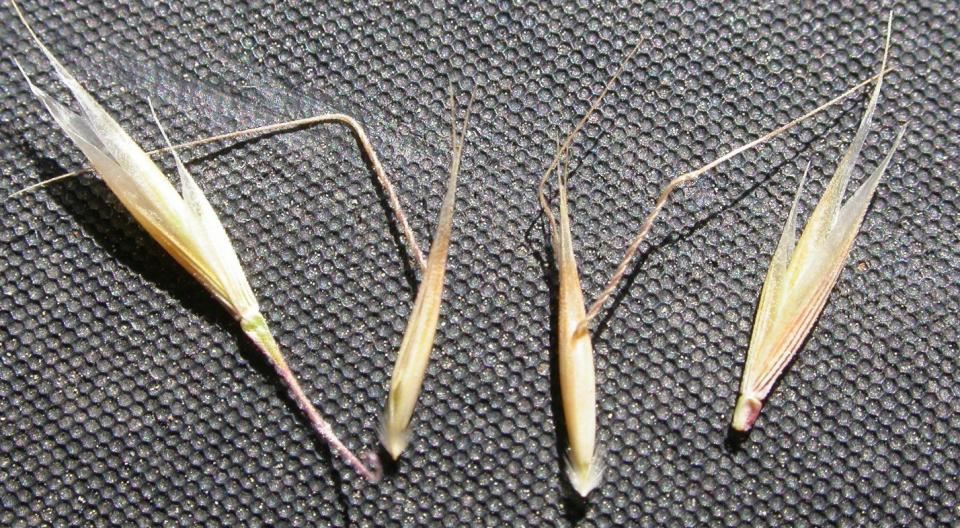
North Africa grass: seeds
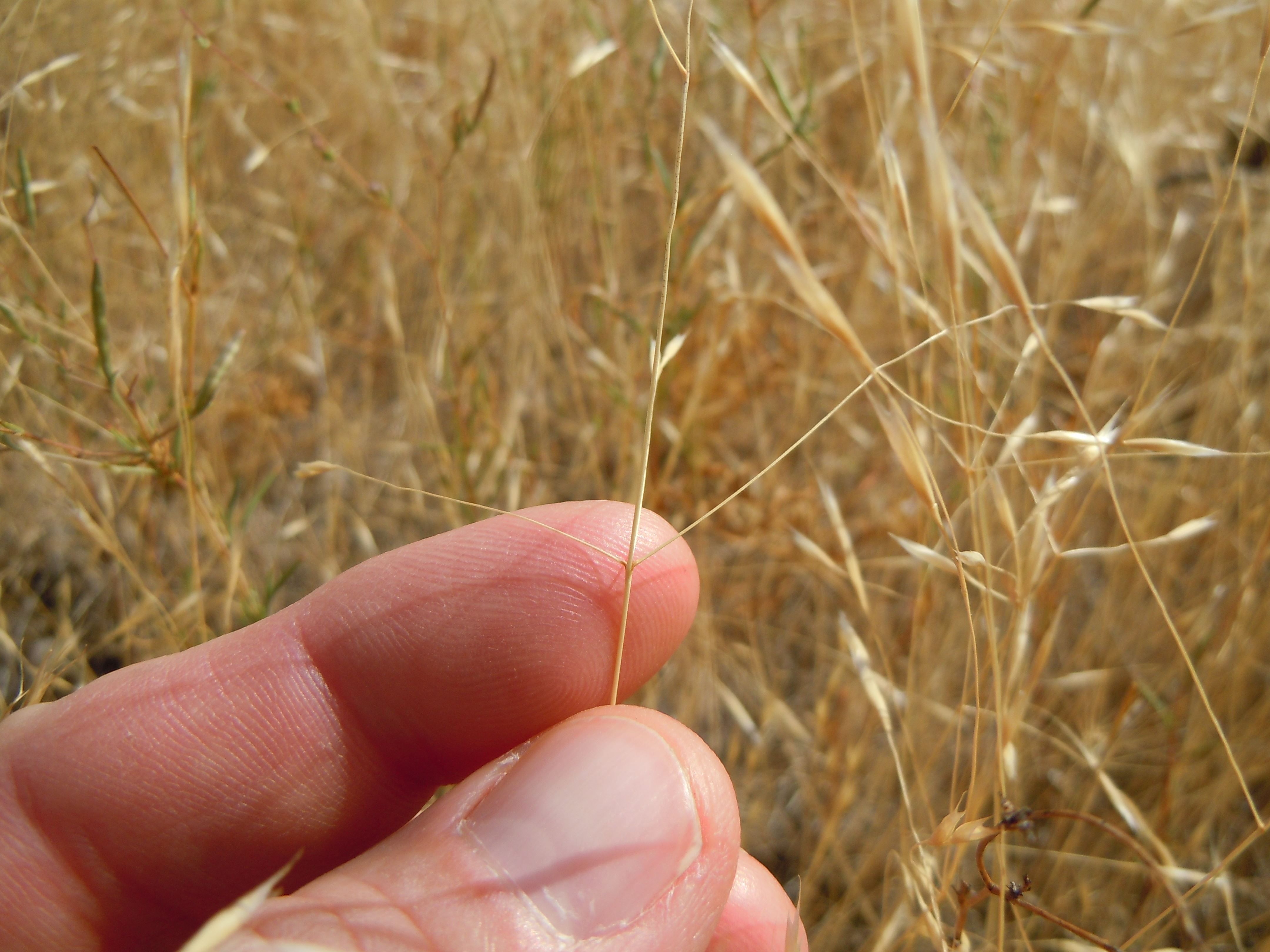
North Africa grass
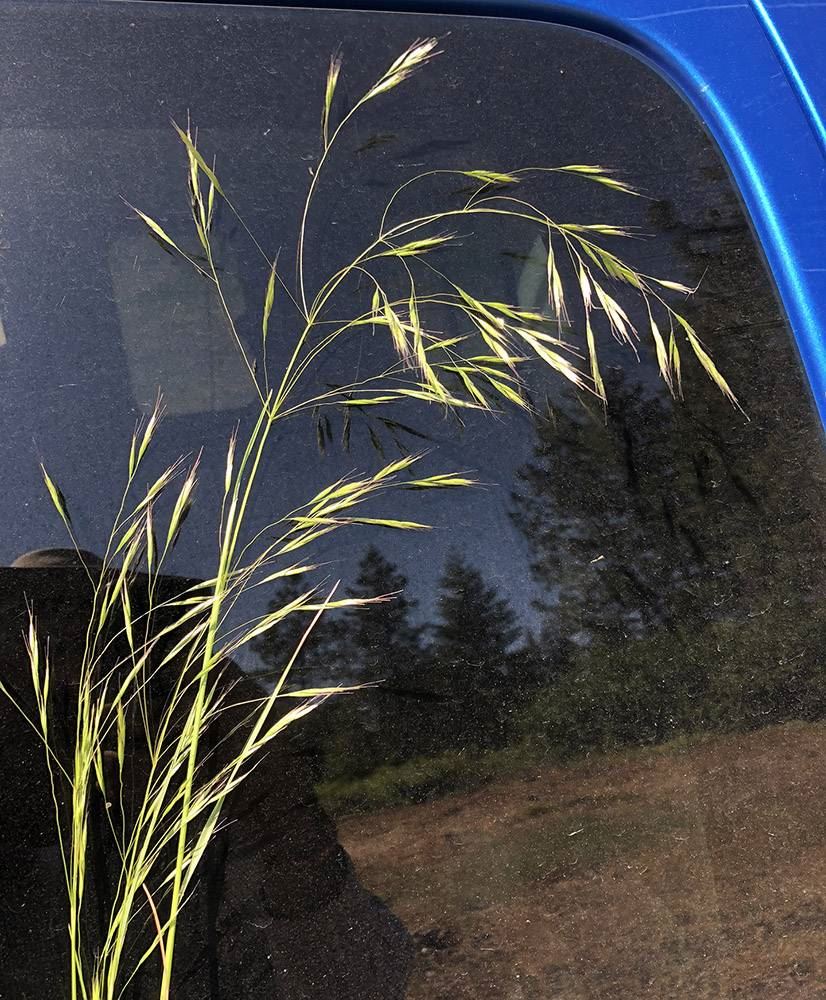
North Africa grass
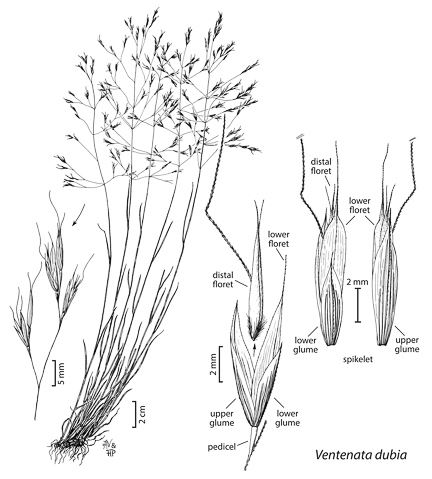
North Africa grass
Resources
-
References
DiTomaso, J.M., G.B. Kyser et al. (2013). Weed Control in Natural Areas in the Western United States [PDF file]. Weed Research and Information Center, University of California. Retrieved from https://wric.ucdavis.edu/information/natural-areas/wr_V/Ventenata.pdf View PDF
Fryer, J. (2017). Ventenata dubia [PDF file]. In: Fire Effects Information System. Retrieved from https://www.fs.fed.us/database/feis/plants/graminoid/vendub/all.pdf View PDF
Invasive Species Compendium. (2018, January 03). Ventenata dubia (North Africa grass). Retrieved from https://www.cabi.org/isc/datasheet/117772
Stone, G. (2017, April 5). Watching for ventenata – an invasive weed on our western horizon. Retrieved from https://cropwatch.unl.edu/2017/watching-ventenata-invasive-weed-our-western-horizon
Washington State Noxious Weed Control Board. Ventenata. Retrieved from https://www.nwcb.wa.gov/weeds/ventenata




